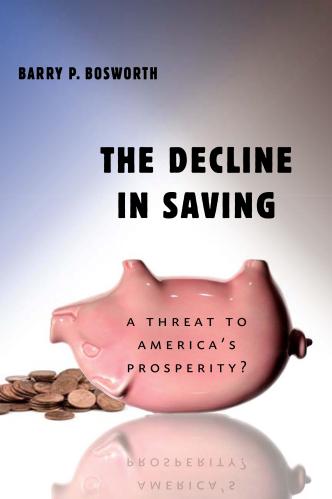Executive Summary
The $100 billion size of the high-cost non-bank basic financial services industry, including check cashers, payday lenders, and pawnshops, points to the high demand for basic financial services among low- and moderate-income customers. Alternative products sold by banks could meet those consumer needs, while also creating an opportunity for households to convert their current spending on high-cost services into savings and even wealth. To explore that potential, this study conducts a comprehensive review of the location of all basic retail financial services firms to determine their accessibility to low- and moderate-income consumers. The study also generates new projections on the potential savings incurred by several scenarios of hypothetical unbanked workers if efforts were made to transfer their high-cost fees into savings or investment vehicles.
- Moderate- and lower-income households pay over $8 billion in fees to non-bank checkcashing and short-term loan providers to meet their basic financial services needs. Those fees are collected from 48,082 non-bank establishments, which include approximately 26,000 businesses that charge an estimated average of $40 per payroll check to cash a check from typical unbanked households with full-time workers.
- Over 90 percent of these non-bank basic financial service providers are located within one mile of a bank or credit union branch. For instance, 93 percent of non-bank businesses that cash checks are located within one mile of a bank or credit union branch.
- Despite popular perception, bank and credit union branches are more likely to be located in low-income and lower middle-income neighborhoods than non-bank financial services providers. For instance, bank and credit union branches are located in 56 percent of lowerincome neighborhoods; non-banks are in 31 percent of lower-income neighborhoods.
- A full-time worker without a checking account could potentially save as much as $40,000 during his career by relying on a lower-cost checking account instead of check-cashing services. Depending on types of checking accounts, residence, money management skills, and account stability, this same unbanked worker, assisted in transferring his savings into a low-cost exchange-traded fund with a discount broker, could generate as much as $360,000 in wealth over his 40-year career.
In sum, there is a substantial opportunity to leverage this wide distribution of banks and credit unions to connect moderate- and lower-income households to potentially lower-cost basic financial services. Public and private leaders can help moderate- and low-income households realize their full wealth-building potential by working with the vast retail infrastructure of banks and credit unions that are already well-positioned geographically to provide affordable financial services to these consumers. Further, by working together, the public and private sectors can address the numerous business and consumer dynamics that drive the supply of and demand for high-cost financial services, and perhaps most importantly, confront what has proved to be the very difficult task of promoting household savings and investment.
The report is referenced in an opinion piece, Beyond Payday Loans (subscription required) by California Governor Arnold Schwarzenegger and former President Bill Clinton, appearing in the Wall Street Journal.
Preview City Statistics
Austin, TX (PDF)
Baltimore, MD (PDF)
Boston, MA (PDF)
Charlotte, NC (PDF)
Chicago, IL (PDF)
Columbus, OH (PDF)
Dallas, TX (PDF)
Denver, CO (PDF)
Detroit, MI (PDF)
El Paso, TX (PDF)
Fort Worth, TX (PDF)
Fresno, CA (PDF)
Houston, TX (PDF)
Indianapolis, IN (PDF)
Jacksonville, FL (PDF)
Las Vegas, NV (PDF)
Los Angeles, CA (PDF)
Memphis, TN (PDF)
Oakland, CA (PDF)
Philadelphia, PA (PDF)
Phoenix, AZ (PDF)
Providence, RI (PDF)
Sacramento, CA (PDF)
San Antonio, TX (PDF)
San Diego, CA (PDF)
San Francisco, CA (PDF)
San Jose, CA (PDF)
Seattle, WA (PDF)
Washington, DC (PDF)



